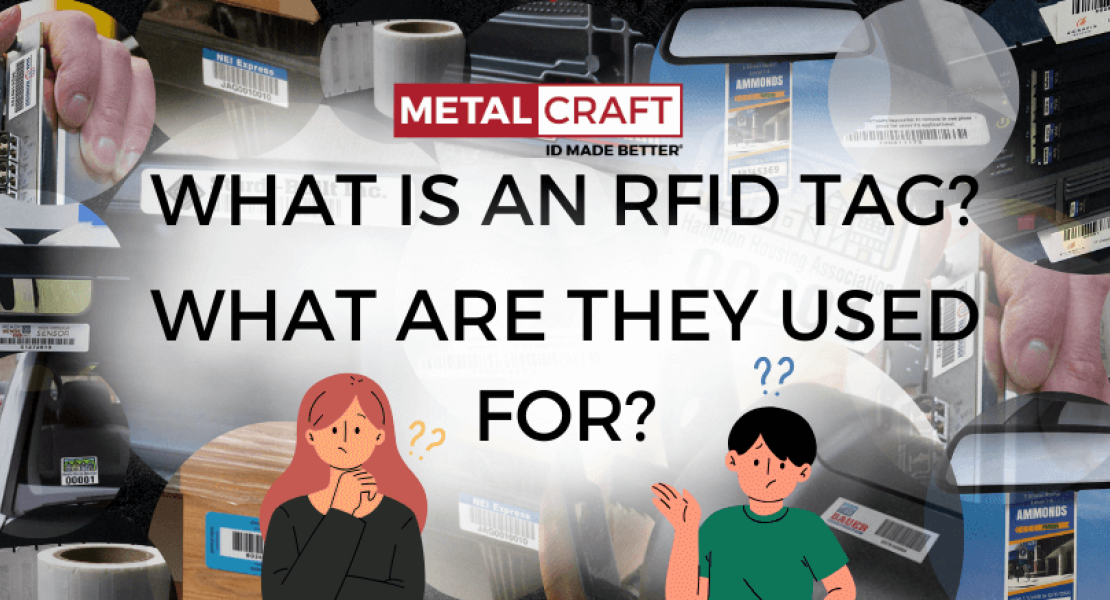The fixed asset accounting function is somewhat of a backwater in most accounting departments. Those companies that have a formal procedure for documenting changes in fixed assets use a system that records changes well after the change has occurred. These systems rely on the memory of each operating department manager regarding fixed asset transfers or retirement. As a result, the fixed asset management register becomes filled with errors and omissions.
Because of these errors and omissions, many companies are over insured. Failure to have an accurate asset management system can mean that companies are insuring assets they no longer own, and therefore are overpaying for insurance coverage. Experts point to a couple of troubling facts:
• Less than 40% of assets on the books are easily identified during a physical audit.
• About 20% are no longer in existence.
Without detailed asset records, and having assets labeled with a human readable, bar code or RFID tag, will an insurance company pay in the event of a loss? That’s an important question, since insurance is a significant annual cost – especially in asset-heavy manufacturing sector.
Most Companies Are Unaware Of Inaccuracies
Even though their insurance premiums are based on their asset value, companies admit that their asset records are not up to date and accurate. Information on new purchases, of course, is recorded. But, few companies maintain asset records that contain serial numbers or comprehensive descriptions. Many times, assets are “bundled,” rather than detailing each component separately. So, a packaging converting line is listed as one item rather than the separate pieces of equipment that make up the line.
What happens when a piece of plant equipment that is moved from one department to another – or to a different facility altogether? Or, when equipment is taken out of service or sold? Many times, the records aren’t updated.
Despite knowingly maintaining less-than-adequate asset management processes, or relying on personal knowledge to determine asset location, most companies are not aware of just how inaccurate their records truly are, and are surprised when a physical audit finds major discrepancies. Industry experts say:
• Typically, only about 40% of assets are well documented and can easily be found.
• Another 40-50% probably do exist, but it is impossible to prove.
• The other 10-20% can’t be found.
• Companies are potentially over-insuring by upwards of 20%!
And, what happens when the company needs to file an insurance claim? As soon as a good insurance adjuster sees assets that either aren’t recorded, or are still on the books but can’t be found, he or she could easily question every item in the asset records. Then, the insurance company wants to delay payment while an extensive physical audit is done.
Verifiable Records Will Speed Up Claim Process
The only way companies can speed up the claim process is to have accurate, verifiable asset records. A first step is tagging all assets with a bar code or RFID tag, and then employing automatic data collection during a physical audit. The data collected is then stored in an integrated asset management system, containing serial numbers, locations and descriptions.
With these detailed asset records in place, it is easy to update them to show changes, such as scrapping or selling an asset, or its relocation. The company then has an up-to-date record of complete asset value and location, which is very important in the event an insurance claim needs to be filed.
Barcode/RFID asset management can save a lot of time, money
Fixed asset management systems incorporating automatic data collection (using barcoding or RFID technology) provide at least two primary advantages over serial-number based tracking systems – speed and accuracy. Data is entered into the system directly from the bar code scanner or RFID reader. As a result, the time necessary to conduct an inventory can be reduced by as much as 60 to 80%. And, studies show the error rate is significantly lower than when collecting human readable serial number information, which is routinely transposed.
Unfortunately, an accurate asset management system is a low priority for many companies. This is, in part, because the majority of assets no longer actually in use have been depreciated to zero. So, implementing a good asset management system gets “put on the back burner.” But, in reality, the asset records have a significant impact on company value, especially on manufacturing facilities.
A full physical audit on assets, coupled with sound processes for keeping the records up to date can reduce insurance premiums and ensure any claims are quickly processed. And, if automatic data collection is used, it can greatly reduce the time required for the audit, as well as increase the accuracy. The question is - Can companies really afford not to develop accurate asset management systems?
To learn more about our barcode and RFID tags, contact us today at [email protected].
Source: assetmgmtnews.com
 | About the Author: Marianne AlvaradoMarianne Alvarado is our Vice President of Sales. Alvarado joined Metalcraft in March of 2000 as a Territory Specialist, became Sales Manager in January 2022 and was named Vice President of Sales during August of 2023. She leads both the Outside and Inside Sales teams. Marianne lives in Davenport with her husband, Dave Beeman. Mobile Phone: 641-529-9492 Email: [email protected] Office: 3360 9th St. SW, Mason City, IA 50401 Office Phone: 641-423-9460 |




